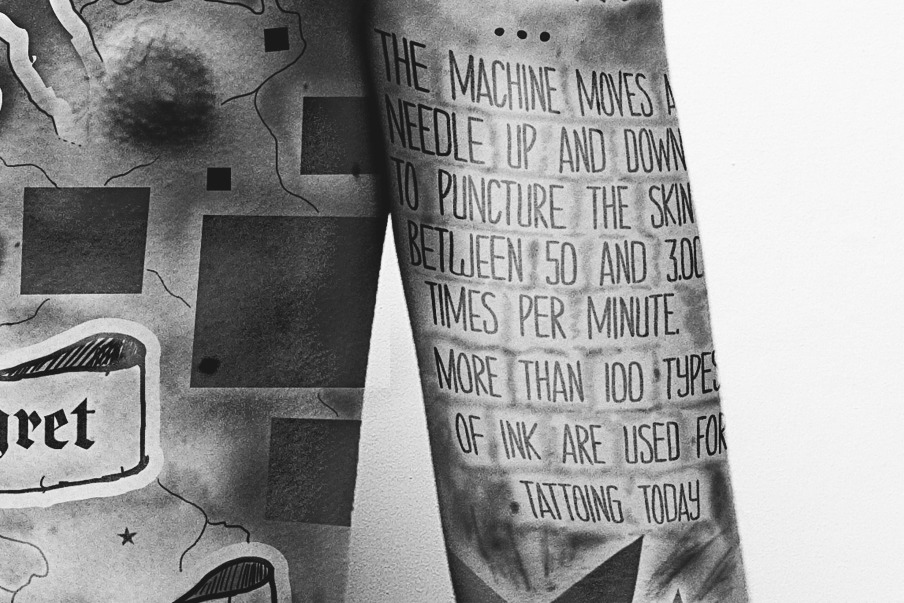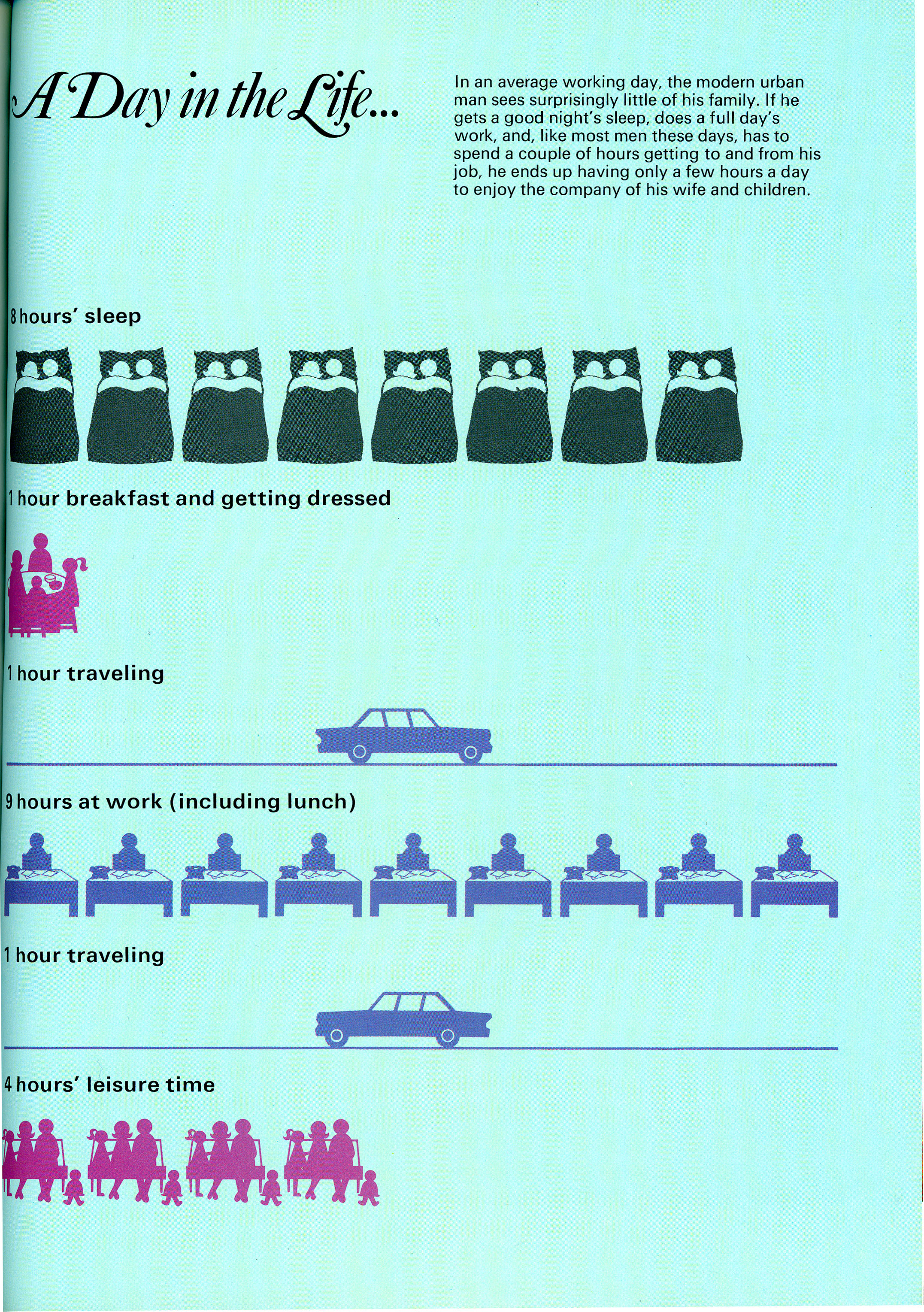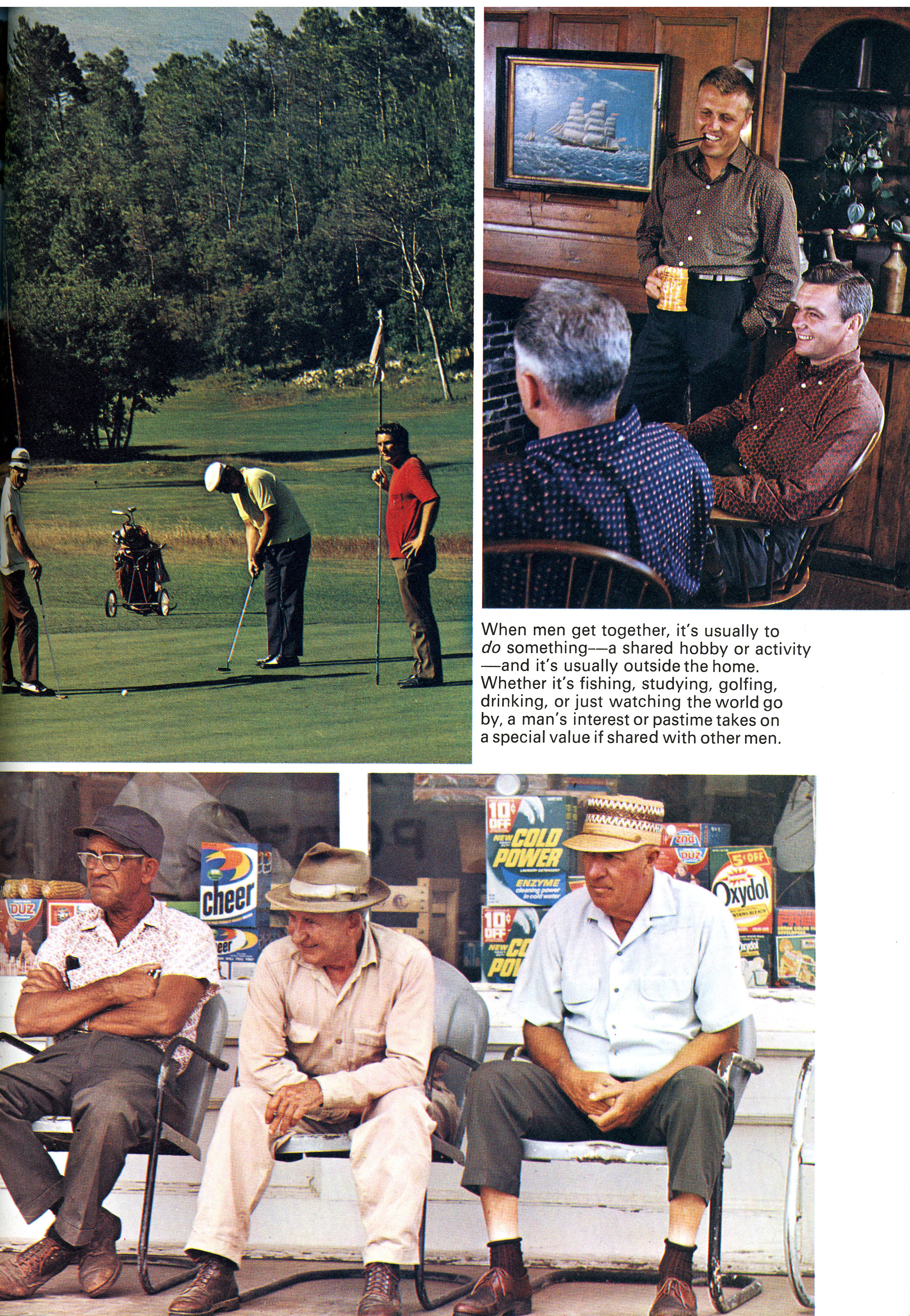 1. Tourists walk 3.79 feet per second; 2. Smokers: 4.17 feet per second; 3. Cellphone users: 4.20 feet per second; 4. Headphone listeners: 4.64 feet per second; 5. Large pedestrians: 3.74 feet per second; 6. Men: 4.42 feet per second; 7. Women: 4.10 feet per second; 8. People with bags: 4.27 feet per second.
1. Tourists walk 3.79 feet per second; 2. Smokers: 4.17 feet per second; 3. Cellphone users: 4.20 feet per second; 4. Headphone listeners: 4.64 feet per second; 5. Large pedestrians: 3.74 feet per second; 6. Men: 4.42 feet per second; 7. Women: 4.10 feet per second; 8. People with bags: 4.27 feet per second.
According to the Wall Street Journal, tourists really do walk more slowly.
For many people, few things are more infuriating than slow walkers—those seemingly inconsiderate people who clog up sidewalks, grocery aisles and airport hallways while others fume behind them.
Researchers say the concept of "sidewalk rage" is real. One scientist has even developed a Pedestrian Aggressiveness Syndrome Scale to map out how people express their fury. At its most extreme, sidewalk rage can signal a psychiatric condition known as "intermittent explosive disorder," researchers say. On Facebook, there's a group called "I Secretly Want to Punch Slow Walking People in the Back of the Head" that boasts nearly 15,000 members.
Some researchers are even studying the dynamics that trigger such rage and why some people remain calm in hopes of improving anger-management treatments and gaining insights into how emotions influence decision making, attention and self control.
"We're trying to understand what makes people angry, what that experience is like," says Jerry Deffenbacher, a professor at Colorado State University who studies anger and road rage. "For those for whom anger is a personal problem, we're trying to develop and evaluate ways of helping them."
How Walkable Is Your Neighborhood?
Signs of a sidewalk rager include muttering or bumping into others; uncaringly hogging a walking lane; and acting in a hostile manner by staring, giving a "mean face" or approaching others too closely, says Leon James, a psychology professor at the University of Hawaii who studies pedestrian and driver aggression.
For the cool-headed, sidewalk rage may seem incomprehensible. After all, it seems simple enough to just go around the slow individual. Why then are some people, even those who greet other obstacles with equanimity, so infuriated by unhurried fellow pedestrians?
How one interprets the situation is key, researchers say. Ragers tend to have a strong sense of how other people should behave. Their code: Slower people keep to the right. Step aside to take a picture. And the left side of an escalator should be, of course, kept free for anyone wanting to walk up.
(read the full article here)
 By D. W. Kellogg in Retronaut:
By D. W. Kellogg in Retronaut:











 1. Tourists walk 3.79 feet per second; 2. Smokers: 4.17 feet per second; 3. Cellphone users: 4.20 feet per second; 4. Headphone listeners: 4.64 feet per second; 5. Large pedestrians: 3.74 feet per second; 6. Men: 4.42 feet per second; 7. Women: 4.10 feet per second; 8. People with bags: 4.27 feet per second.
1. Tourists walk 3.79 feet per second; 2. Smokers: 4.17 feet per second; 3. Cellphone users: 4.20 feet per second; 4. Headphone listeners: 4.64 feet per second; 5. Large pedestrians: 3.74 feet per second; 6. Men: 4.42 feet per second; 7. Women: 4.10 feet per second; 8. People with bags: 4.27 feet per second.





